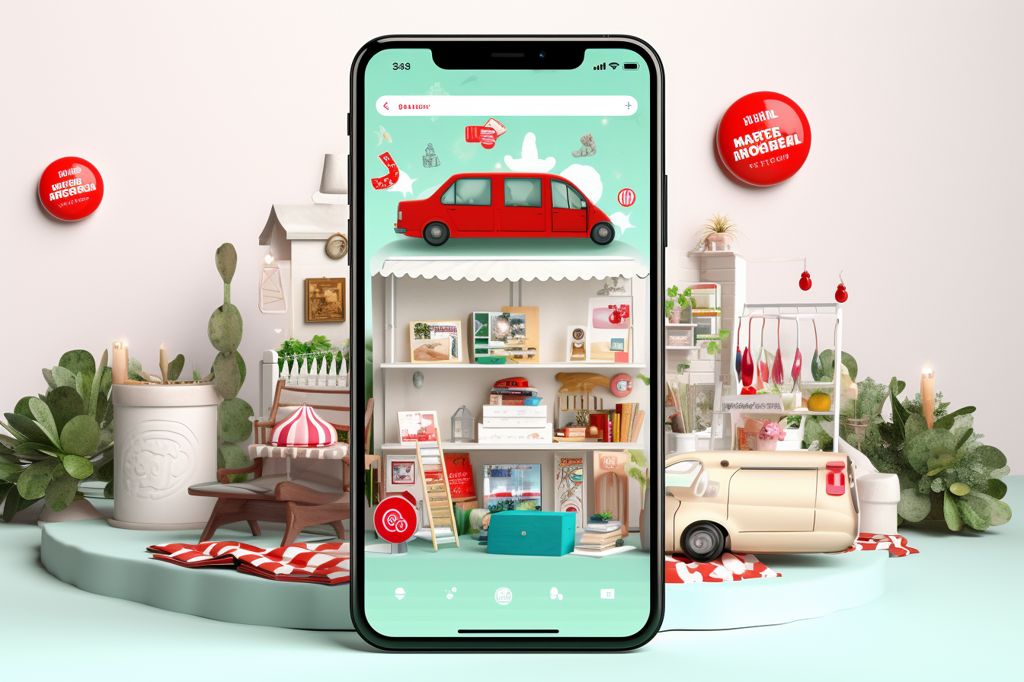Pinterest, a two-year-old social bookmarking site, has been having a significant impact on driving traffic to retailers’ websites. The platform allows users to collect and share web content they like, catering to a variety of categories such as home decor, food, and wedding inspiration.
A Quick Look at Pinterest’s Popularity
According to Experian Hitwise, Pinterest’s user base comprises about 58% women. The site has seen rapid growth, with traffic increasing more than fourfold between September and December 2011. In December alone, it attracted 7.51 million unique visitors, as reported by Compete.
This surge in traffic has caused Pinterest to become a top-five referrer for various apparel retailers, according to data from Monetate. However, despite its growing influence, search engines still dominate the online traffic scene, and Pinterest has yet to fully establish itself as a significant sales channel.
Pinterest’s Role in the Retail Landscape
Considering the rise in Pinterest’s popularity and the traffic it drives to retailers’ websites, it is important to analyze the platform’s potential role as a sales channel.
Location-Based Services
As we move towards a real-time information era, location-based services are expected to gain more considerable coverage. These services allow users to access recommendations for nearby restaurants, bars, hotels, and more, catering to their immediate needs. As a result, intelligent push technologies will likely continue to integrate into mobile experiences.
Online News Becoming More Social
News websites are expected to gradually transition towards applications integrated with social media platforms like Facebook’s Open Graph. More people will turn to dedicated applications such as Washington Post Social Reader or Flipboard for iPad to access news, guided by friends’ recommendations.
Social Commerce on Mobile Devices
The partnership between eBay and Facebook, along with existing Facebook Commerce (fCommerce) platforms and tools, paves the way for an era where consumers can make purchases directly through their Facebook accounts. With the introduction of Facebook’s mobile platform, social commerce will likely gain popularity on mobile devices. Facebook’s Open Graph language will also allow users to make purchases using Facebook credits based on friends’ recommendations.
Mobile Applications Becoming More Social
As mobile apps continue to integrate with social networks, users will be able to share and engage with content more than ever before. It is expected that users will continue to receive recommendations from friends, colleagues, and other trusted sources.
What to Expect in the Future
With Pinterest’s increasing popularity and its impact on driving traffic to retailers’ websites, it is evident that the platform has potential in shaping the retail landscape. As social media continues to evolve, retailers must adapt their strategies to accommodate the ever-changing landscape, embracing new technologies and platforms like Pinterest to stay ahead of the curve.



